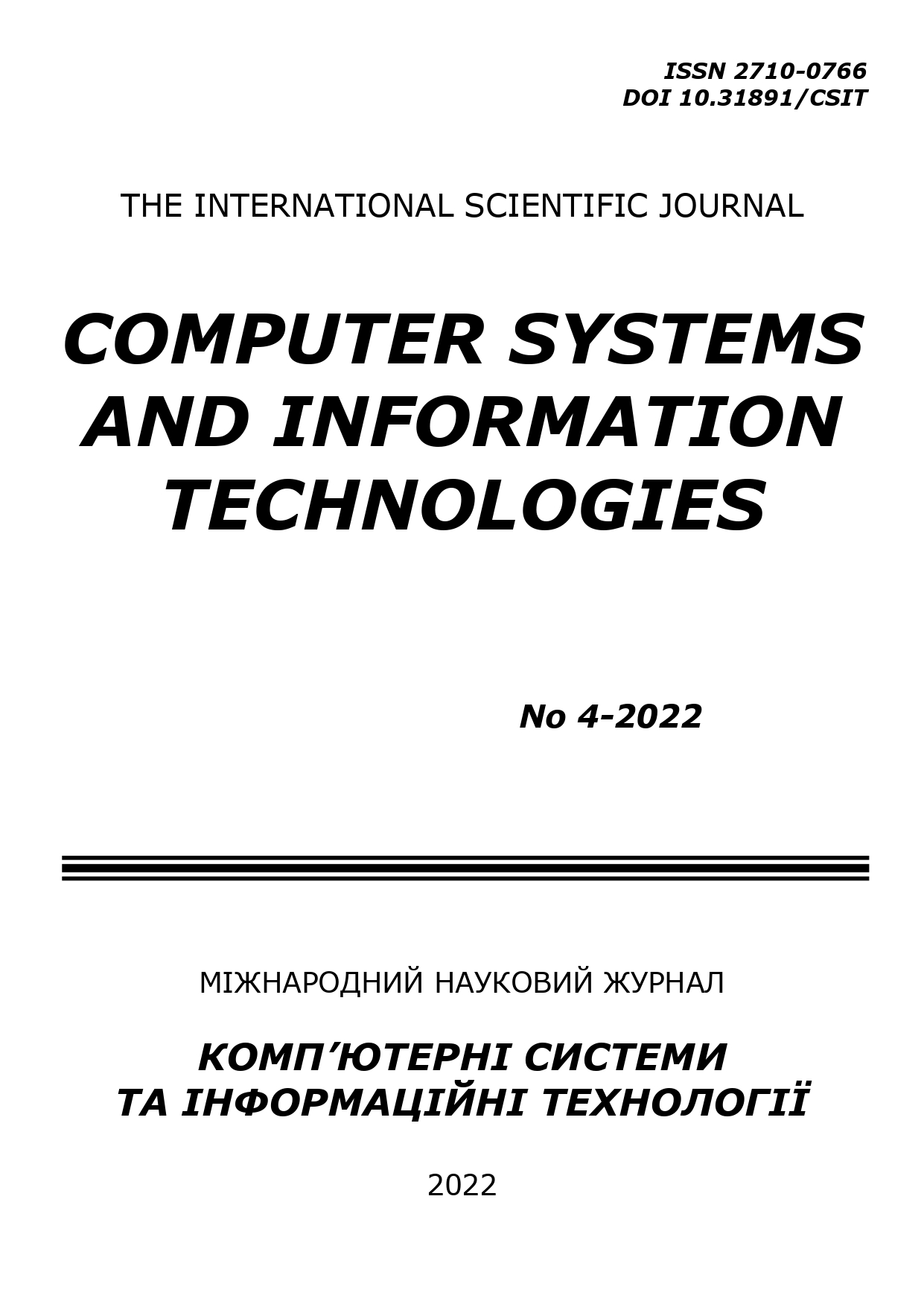USE OF ANALYTICAL MODEL FOR SYNTHESIS OF ALGORITHMS FOR CONTROL OF TRANSPORT CONVEYOR PARAMETERS
DOI:
https://doi.org/10.31891/csit-2022-4-10Keywords:
conveyor, distributed system, PDE-model, production line, belt speedAbstract
This study presents a methodology for synthesizing optimal control algorithms for the flow parameters of a conveyor-type transport system with a variable transport delay. A multi-section transport conveyor is a complex dynamic system with a variable transport delay. The transport conveyor is an important element of the production system, used to synchronize technological operations and move material. The Analytical PiKh-model of the conveyor section was used as a model for designing a control system for flow parameters. The characteristic dimensionless parameters of the conveyor section are introduced and the similarity criteria for the conveyor sections are determined. The model of a conveyor section in a dimensionless form is used to develop a methodology for synthesizing algorithms for optimal control of the flow parameters of a transport conveyor section. The dependencies between the value of the input and output material flow of the section are determined, taking into account the initial distribution of the material along the conveyor section, variable transport delay, restrictions on the specific density of the material, and restrictions on the speed of the belt. The dependencies between the value of the input and output material flow for the case of a constant transport delay are analyzed. A technique for synthesizing algorithms for optimal belt speed control based on the PiKh-model of a conveyor section is presented. As a simplification, a two-stage belt speed control is considered. Particular attention is paid to the methodology for synthesizing optimal control algorithms based on the energy management methodology (TOU-Tariffs). The criteria of control quality are introduced and problems of optimal control of flow parameters of the transport system are formulated. Taking into account differential connections and restrictions on phase variables and admissible controls, which are typical for the conveyor section, the Pontryagin function and the adjoint system of equations are written. As examples demonstrating the design of optimal control, algorithms for optimal control of the flow parameters of the transport system are synthesized and analysis of optimal controls is performed.

